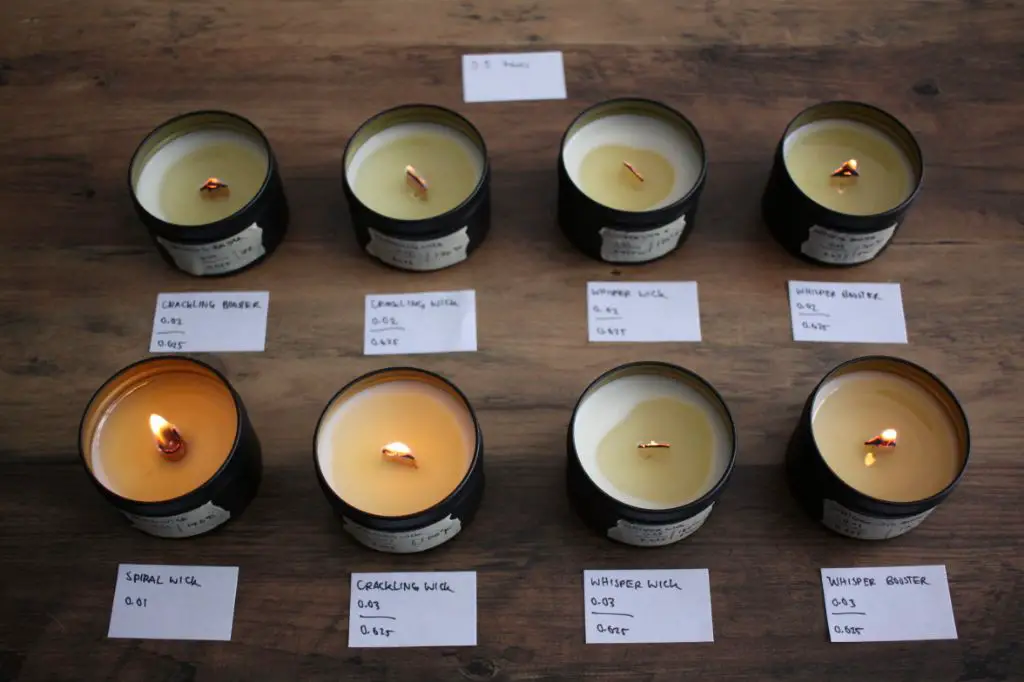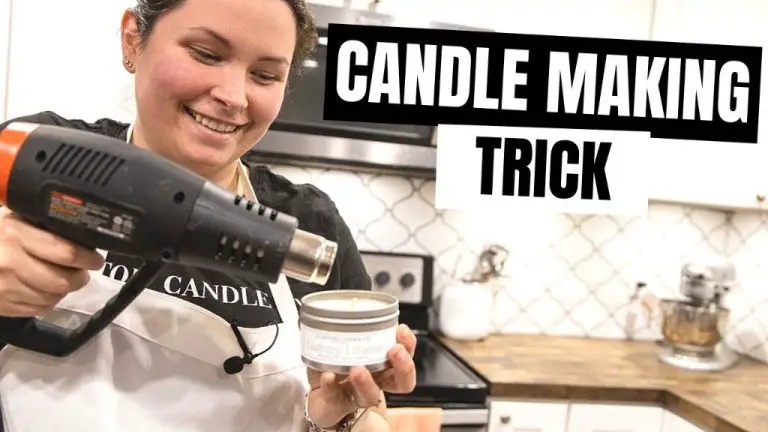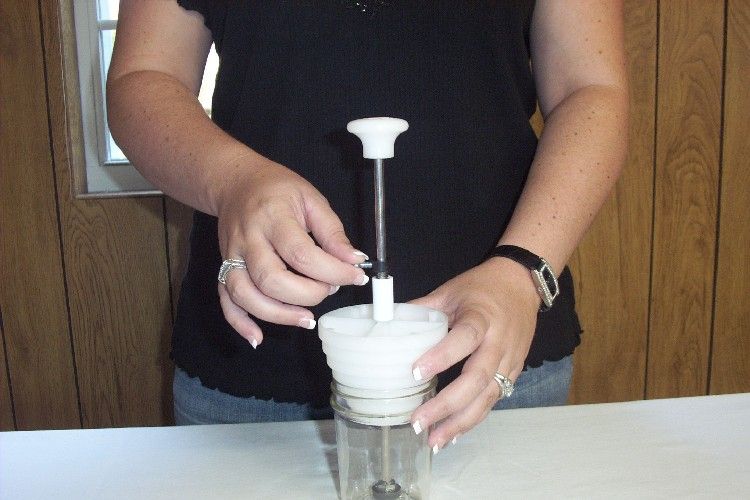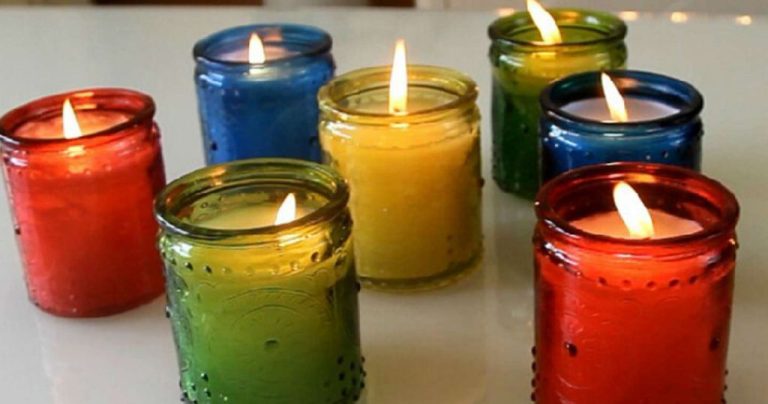How Many Wicks Should A Candle Have?
Candle wicks serve a critical function in candles – they bring the melted wax up to the flame in order to keep the candle burning. The wick absorbs liquid wax via capillary action and brings it to the top where it can vaporize and combust. Without a properly sized and configured wick, a candle will not burn efficiently or evenly. There are several factors that determine the ideal number of wicks for a candle, including wax type, candle shape and size, fragrance load, and intended use. The number and size of wicks must be tested to find the right balance for the specific candle. This article provides an overview of how candle wicks work and the key considerations for determining the optimum number of wicks based on different candle properties.
What Are Candle Wicks?
Candle wicks serve a critical purpose in candles. A wick is a piece of string or thread that runs through the center of a candle. The primary job of the wick is to deliver fuel to the flame. As the wick burns, it draws melted wax up through capillary action. The wax reaches the flame and vaporizes, keeping the candle burning.
Wicks are normally made from braided cotton, but can also be crafted from paper, wood, or other natural fibers. They act as a pipeline, bringing liquefied wax to the tip to feed the flame. Wicks are essential components of candles, as without them, there would be no flame.
In addition to transporting wax, wicks also influence factors like flame size, presence of smoke, melt pool dimensions, hot throw, and burn time. Choosing an optimal wick for a candle is important to achieve the desired performance.
Wick Size Considerations
The thickness of the wick is one of the most important factors in candle making. Thicker wicks are better suited for larger candles, while thinner wicks work well in smaller candles.
Thicker wicks have a larger diameter and can absorb more wax and fragrance oil. This allows them to produce a taller flame and prevent tunneling in large candles. However, if the wick is too thick for the candle, it may produce excessive sooting from a flame that is too large.
Thinner wicks have a smaller diameter and are recommended for candles with a diameter under 3 inches. The smaller flame helps prevent overheating the wax pool and manages the melt pool size in small containers. However, wicks that are too thin can lead to poor fragrance throw and tunneling.
As a general guideline, wicks between 1/8″ and 1/4″ in diameter tend to work well for most candle sizes. Testing different wick diameters during the development process is recommended to find the optimal configuration for each candle design [1].
Wick Material
Common materials used to make candle wicks include cotton, paper, and wood. Cotton is one of the most popular wick materials due to its clean burn and minimal sooting. Cotton wicks come in various forms including braided, knitted, and twisted. According to an article on Smells Candle, “Cotton wicks are widely used and highly regarded for their clean burn and minimal sooting” (source).
Paper and wood can also be used to create wicks, though they may produce more soot than cotton. Paper wicks need to be braided tightly to avoid flaring up. Wooden wicks like bamboo create a pleasant crackling sound when burning, but can leave more soot on the walls of the candle vessel. Ultimately, cotton remains the most common choice due to its reliability.
Candle Size and Shape
One of the most important factors in determining the number of wicks for a candle is the size and shape of the candle itself. Generally, larger candles require more wicks to ensure even and complete burning across the entire candle surface.
For example, according to The Flaming Candle, a standard 4-6 oz tins or jars only require a single wick. However, once you get to 8-16 oz jars, 2 wicks are recommended. For even larger pillar candles, 3-4 wicks may be ideal.

CandleScience provides some guidelines on wick numbers based on jar diameter:
- 2″ jars – 1 wick
- 3″ jars – 1-2 wicks
- 4″ jars – 2-3 wicks
- 5-6″ jars – 3-4 wicks
Lonestar Candle Supply recommends using no more than 3 wicks in a 4″ wide jar to avoid overcrowding and excessive heat generation. The shape of the candle also matters – round containers can accommodate more wicks than square jars of the same width.
Testing different wick configurations is key to finding the right balance for each candle size and shape. But following general size guidelines is a good starting point when determining the number of wicks.
(Sources: https://www.theflamingcandle.com/what-do-candle-wick-numbers-mean/, https://lonestarcandlesupply.com/multiple-wicks-in-a-candle/)
Fragrance Load
The amount of fragrance oil used in a candle can impact the ideal number of wicks needed. Candles with a higher fragrance load, generally between 8-10%, require more wicks to ensure proper wax pooling and an even burn. As explained by The Flaming Candle, “If you are making a 16 oz. candle with a wax that has a maximum 10% fragrance load, you could add up to 1.6 oz. (16 oz. * 10% = 1.6 oz.) of fragrance for that particular wax.” [1] With a higher concentration of fragrance oil, the wax becomes thicker and can clog wicks, preventing them from burning properly. Multiple wicks help prevent tunneling and improve melt pool consistency in highly scented candles.
Wax Type
The type of wax used in candle making is a key factor in determining the ideal number of wicks. Waxes have different melting points, which affects how the wax pools and burns around the wick.
Lower melting point waxes like paraffin and soy wax need fewer wicks as they melt quicker and pool easily. These softer waxes work well with a single centered wick in most candles. Using too many wicks can cause the wax to burn or tunnel too quickly.
Higher melting point waxes like beeswax and palm wax benefit from multiple wicking to ensure even burning and wax pooling. The firmer wax does not melt or pool as readily, so additional wicks help heat and liquefy more wax to sustain the burn. Adding wicks also helps prevent tunneling in hard waxes.
The number of wicks should be proportional to the melt point – more wicks for higher melt point waxes, and fewer for lower melt points. Testing different wick configurations will reveal the ideal setup for a particular wax that provides complete melting and burning.
Candle Use
The number of wicks needed for a candle depends largely on the candle’s shape and purpose.
Votive candles are small, cup-shaped candles designed to fit into candle holders. These typically only require a single wick as the diameter is small. According to CandleScience, votives generally use a smaller wick size like CD 4.
Jar candles have a wider diameter than votives, so they often require 2-3 wicks to ensure even burning across the top of the candle. As recommended by Lonestar Candle Supply, jars 4 inches wide or less only need 1-2 wicks to prevent overcrowding.
Pillar candles are tall, cylindrical candles. They tend to have a smaller diameter than jar candles, so usually only require 1-2 wicks. The wicks should be spaced far enough apart to allow the melt pool to connect in the center.
Testing Wick Configuration
Testing different wick configurations is the best way to ensure your candle has an ideal burn and wax pool. There are several tips for effective testing:
- Always test burn candles in a draft-free area. Air currents can impact the flame and make results inaccurate.
- Use wick samples from reputable suppliers when possible. They will be uniform in construction.
- Keep detailed notes on each wick type, size, and number tested. This allows you to refer back and replicate your perfect configuration.
- Pay attention to key factors like flame height, melt pool diameter, soot, and burn time. Adjust your wick configuration based on the results.
- Test candles in the appropriate vessel and wax type you plan to use. Vessel shape and wax viscosity impact performance.
- Allow adequate time between tests for wax to cool and solidify. This prevents heat buildup from skewing results.
- Testing multiple samples with the same wick provides more reliable data than a single test candle.
Following structured wick testing methodology allows candle makers to hone in on the ideal set-up for their specific candle design.
Conclusion
When it comes to determining the ideal number of wicks for a candle, there are several key factors to consider as outlined in this article. The wick configuration should be matched to the size and shape of the candle, taking into account the wax type, fragrance load, and intended use. Testing different wick configurations is recommended to find the best setup for an even melt pool and minimal smoking. Generally, larger candles perform better with multiple wicks, while smaller containers or pillars can be effective with a single centered wick. The wick number also impacts burn time, scent throw, and prevention of tunneling. With testing and adjustments, the right balance can be struck to maximize candle performance. The ideal setup depends on the specific candle design, but following the guidelines here will help arrive at a wick configuration that burns cleanly and consistently.






